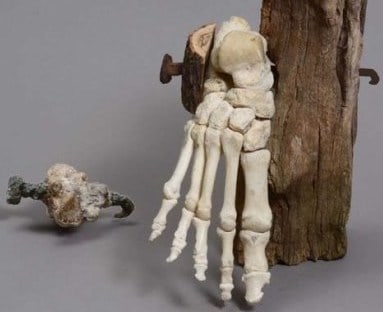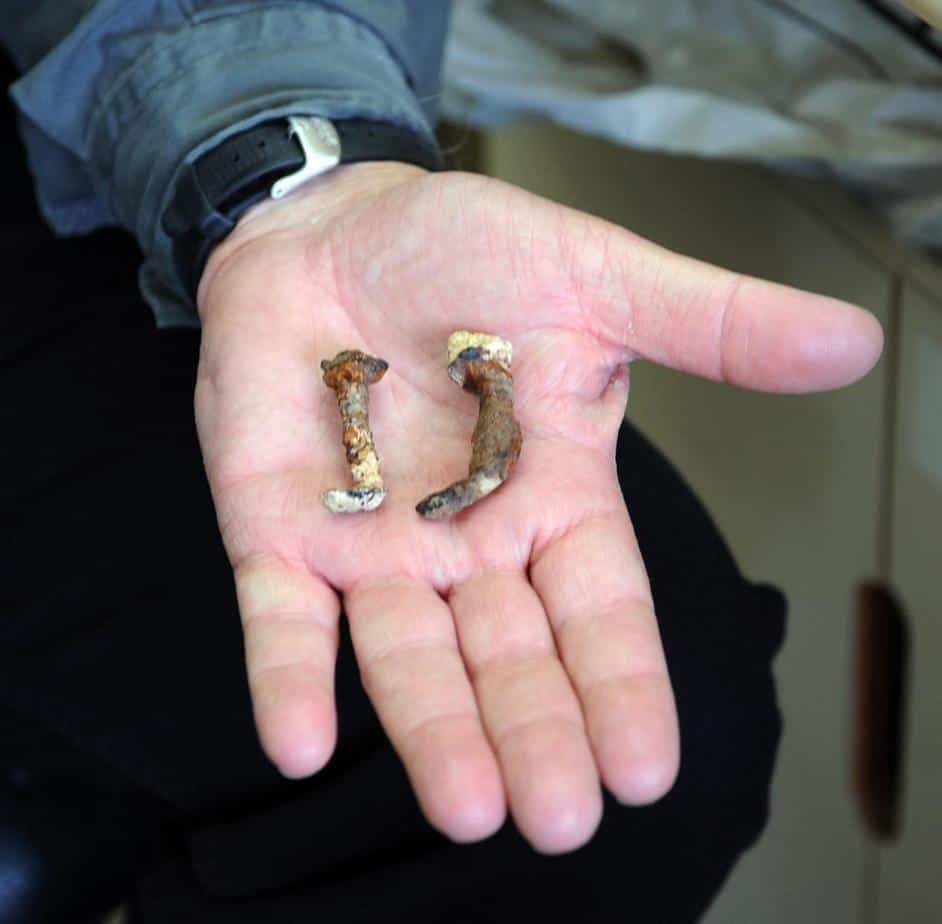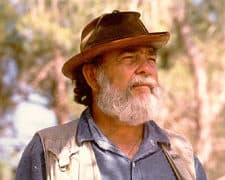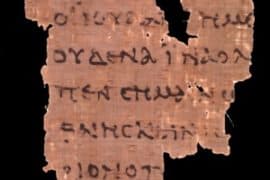I am teaching an advanced undergraduate/graduate course this semester on the “Archaeology of Earliest Christianity,” probing the question of what archaeology provides as a context for understanding Jesus and his movement. Those of us who work on “Christian origins” understandably focus primarily on texts, particularly the texts of the New Testament, though some in our field have sought to give the material evidence (sites, artifacts, contexts) its due weight. I would mention in particular, the pioneering work of Crossan and Reed, Excavating Jesus (2001), and more recently, Craig Evans, Jesus and the Remains of His Day (2015).
One of the topics we explore is what we know about the Roman practice of crucifixion, based on textual and material/archaeological evidence. I have posted on this subject previously, see “Crucifixion: That Most Wretched of Deaths–What Do We Know?” with the links to other related posts. I also recommend Craig Evans’s chapters “Hanging and Crucifixion in the Second Temple Period,” and “On the Burial of the Executed in Family Tombs,” in his book cited above, for the most up-to-date consideration of the material evidence.
As it turns out three ancient tombs in Jerusalem have been discovered that contain skeletal remains with nails apparently used in crucifixion. Each of these tombs, and hundreds of others, were discovered accidentally by construction crews in the building boom around the Old City of Jerusalem that followed the Six Day War in 1967.
The first is rather well known, that of a Jew named Yehochanan, in a tomb north of the city, in Giv’at Ha-Mivtar, discovered in 1968. The remains of an iron spike (11.5cm) are still embedded in the victim’s right heel bone–indicating that nails were not put through the bony front of the feet–as portrayed in countless paintings, but from the side of the foot, through the heel bone.

The other two tombs are less known.
One is that of Antigonus, the last of the of the Hasmonean kings, enemy of Herod the Great, who was crucified and beheaded by the Roman general Marc Antony (see “The Abba Cave, Crucifixion Nails, and the Last Hasmonean King.” This tomb, also in Giv’at ha-Mivtar, was discovered in 1970. The skeletal remains of one of the hands still had two smaller nails attached to the bones. These nails were not put through the wrists, between the radius and ulna bones, as many of us had thought for years–but were actually in the hands, as indicated in Luke 24:39 and John 20:27.

The third is the Caiaphas family tomb, discovered in 1990, just south of the Old City of Jerusalem in the Peace Forest above the Valley of Hinnom. Recently, two nails, found in that tomb, have been identified by Prof. Israel Hershkovitz of the Sackler Medical Center of Tel-Aviv University, as most likely nails used in crucifixion to secure the hands. The idea, according to Prof. Hershkovitz, is not to nail the hands to support the body weight–ropes were used for that securing the arms–but rather to keep the hands immobile, so the victim could not move the arms back and forth, thus loosening the ropes. These smaller nails were put through the palms, then bent into a hooked position, making the hands immobile.
These latter two nails apparently disappeared in the lab of the late Dr. Nicu Haas, but have now been found and are in Prof. Hershkovitz’s possession. Recent lab tests on the nails indicate they were embedded in human bone for a long time, and thus are likely crucifixion nails. See Craig Evans, Jesus and the Remains of His Day, for the latest on these tests, pp. 142-143. Evans concludes that the nails were most likely placed in the Caiaphas tomb because of their alleged magical powers to protect the tomb from evil–similar to the coin in the mouth of the Caiaphas relative Miriam, in one of the other ossuaries in the tomb. Who they were used to execute, of course, is unknown.

These two nails were the subject of a heated controversial news cycle in 2011 when Emmy Award winning documentary maker, Simcha Jacobovici, who tracked down the missing nails. In a History Channel documentary titled “Secrets of Christianity: Nails of the Cross,” he argued the nails were not only used for crucifixion, but were very likely those used to crucify Jesus of Nazareth–kept by the High Priest Caiaphas, for personal reasons. Dr. Robert Cargill, now editor of
Biblical Archaeology Review, responded vigorously, arguing that Simcha’s whole argument was flawed, see “A Critique of Simcha Jacobovici’s Secrets of Christianity: Nails of the Cross.” Simcha responded with his own counter arguments, see his “Nails of the Cross” here:
Despite the controversy regarding the Caiaphas tomb nails we nonetheless have advanced our understanding of Roman crucifixion as it was practiced in the time of Jesus in Jerusalem through this invaluable new archaeological evidence.









Comments are closed.